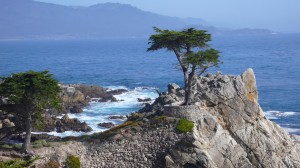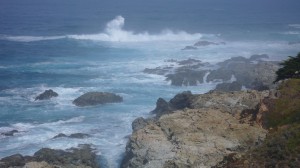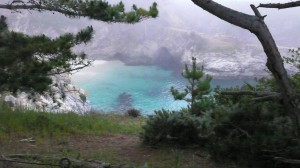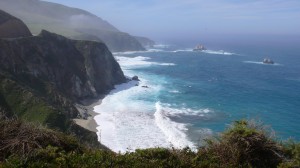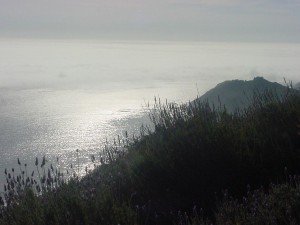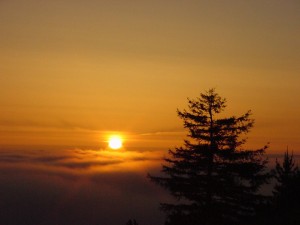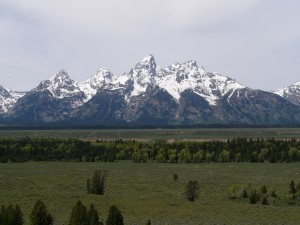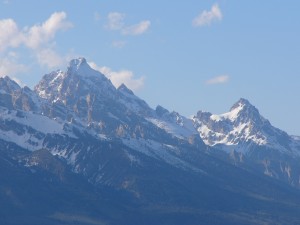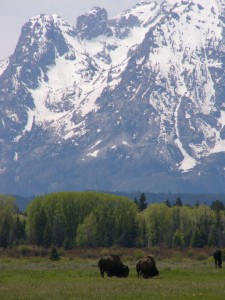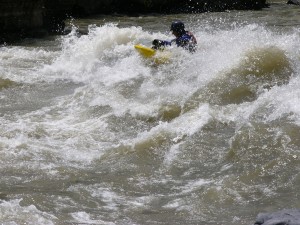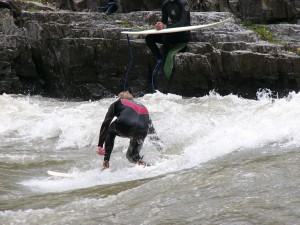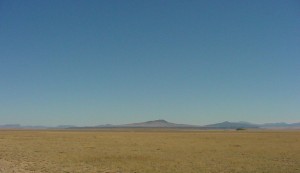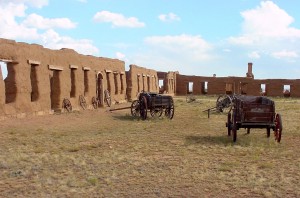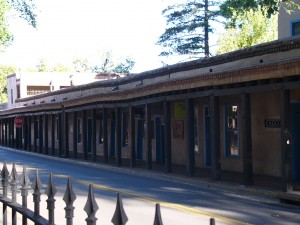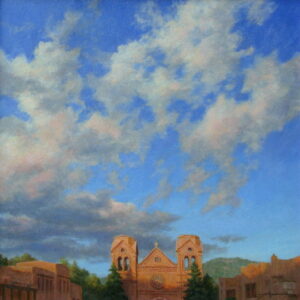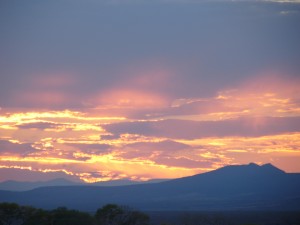Everything that is loved and hated about America resides in the 5 borough metropolis known as New York City. The most populous city in the United States retains its place as a leader in almost everything that is going to be anything, and often does it in excess. In my trips there I have palpably felt the energy that so many people coming together to be in the high temple of the American Experiment create, and no other western city comes close. Its in the speed of the walk, the buildings, the bustle, the lights, and the pizzazz that takes you in its bosom and makes you want to be part of it. It is very likely, with all its irritations and headaches, what freedom feels like, and everybody there knows it.
New York City was placed from the very beginning to be the crown prince of American commerce. Positioned at the end of the Hudson and East Rivers and owning one of the best deep water ports in the world, early New York by the Revolutionary War was already the home to pre-eminent citizens like Alexander Hamilton, and was a key battle ground in 1776 when the newly independent American nation almost saw its entire army get swallowed by a massive British force. It remained in British hands through the war, considered too important to abandon even at the end of the conflict when British troops in Yorktown desperately needed relief. The city was chosen as the early national capitol and the first President Washington to his oath and presided there. The next century saw spectacular growth for the city with teems of immigrants initiating their search for the American Dream in New York City, and many staying. It remains the ultimate first home melting pot that has always separated (at least until lately) the American immigrant experience from that of any other country on earth. At 8.2 million people and a metropolitan population exceeding 23 million, the city holds sway over almost every cultural trend in entertainment, sports, commerce, fashion, health care, and education.
Manhattan is the home of the New York image, and is felt in its massive skyscrapers in such a way that other cities aspiring to be great, like Shanghai, Singapore, Taipei, and Dubai City have sought to outbuild the skyscraper experience in an effort to capture the “power” of New York. Walking up 5th Avenue the king of buildings is still the magnificent Empire State Building,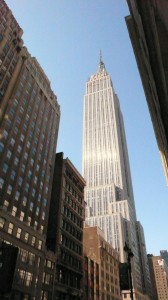 with a soaring structure of concrete and glass that speaks to the power of great capacities and entrepreneurial will. From every direction it singularly dominates and reminds you always that this is THE city. Close by is one of the great reading rooms in the world at the New York Public Library.
with a soaring structure of concrete and glass that speaks to the power of great capacities and entrepreneurial will. From every direction it singularly dominates and reminds you always that this is THE city. Close by is one of the great reading rooms in the world at the New York Public Library. 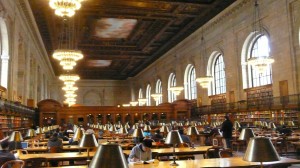 it simply makes you want to learn. Just up the road is the vast Grand Central Station with a ceiling of stars
it simply makes you want to learn. Just up the road is the vast Grand Central Station with a ceiling of stars 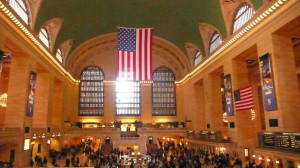 that reminds the traveler that he is close to the center of the universe. Finally at the corner of 59th and 5th, the majesterial Plaza Hotel guarding Central Park. Its not important to stay there, where room charges exceed monthly mortgage payments, but its fun to pretend and imagine the days when the Roosevelts and the Vanderbilts used the carriage circle.
that reminds the traveler that he is close to the center of the universe. Finally at the corner of 59th and 5th, the majesterial Plaza Hotel guarding Central Park. Its not important to stay there, where room charges exceed monthly mortgage payments, but its fun to pretend and imagine the days when the Roosevelts and the Vanderbilts used the carriage circle.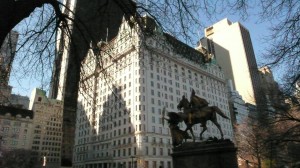 Across the wide boulevard you enter the otherworld of Central Park, designed by the brilliant Frederick Law Olmsted to be transformational zone of tranquility in the bustling chaos of the city.
Across the wide boulevard you enter the otherworld of Central Park, designed by the brilliant Frederick Law Olmsted to be transformational zone of tranquility in the bustling chaos of the city.
Mid-Central Park , the park is bookended by Museums, the Metropolitan Museum of Art and the Natural History Museum , which have lavish collections that require days of view to appreciate their width and breath.
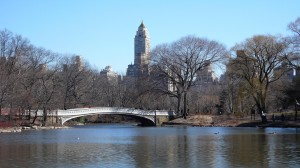
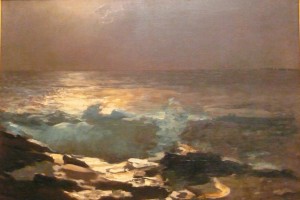
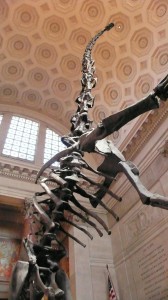 If your legs haven’t left you, the west side avenue takes you to Columbus Circle, and down to Times Square and Broadway. I finally end this tour with a nighttime skate at Rockefeller Center
If your legs haven’t left you, the west side avenue takes you to Columbus Circle, and down to Times Square and Broadway. I finally end this tour with a nighttime skate at Rockefeller Center 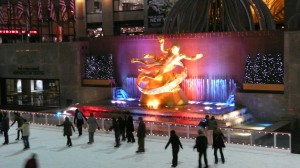 and imagine a night with the Rat Pack in the Rainbow Room.
and imagine a night with the Rat Pack in the Rainbow Room.
Travel is meant to be transformative. No one wants to feel at home when one takes the time and effort to be away from home. New York City for me defines city, and I have only scratched its wonderful surface. If you get a chance, give this great city another look, and get ready to be entertained.
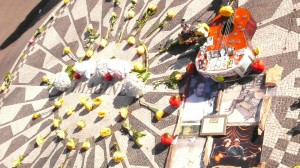
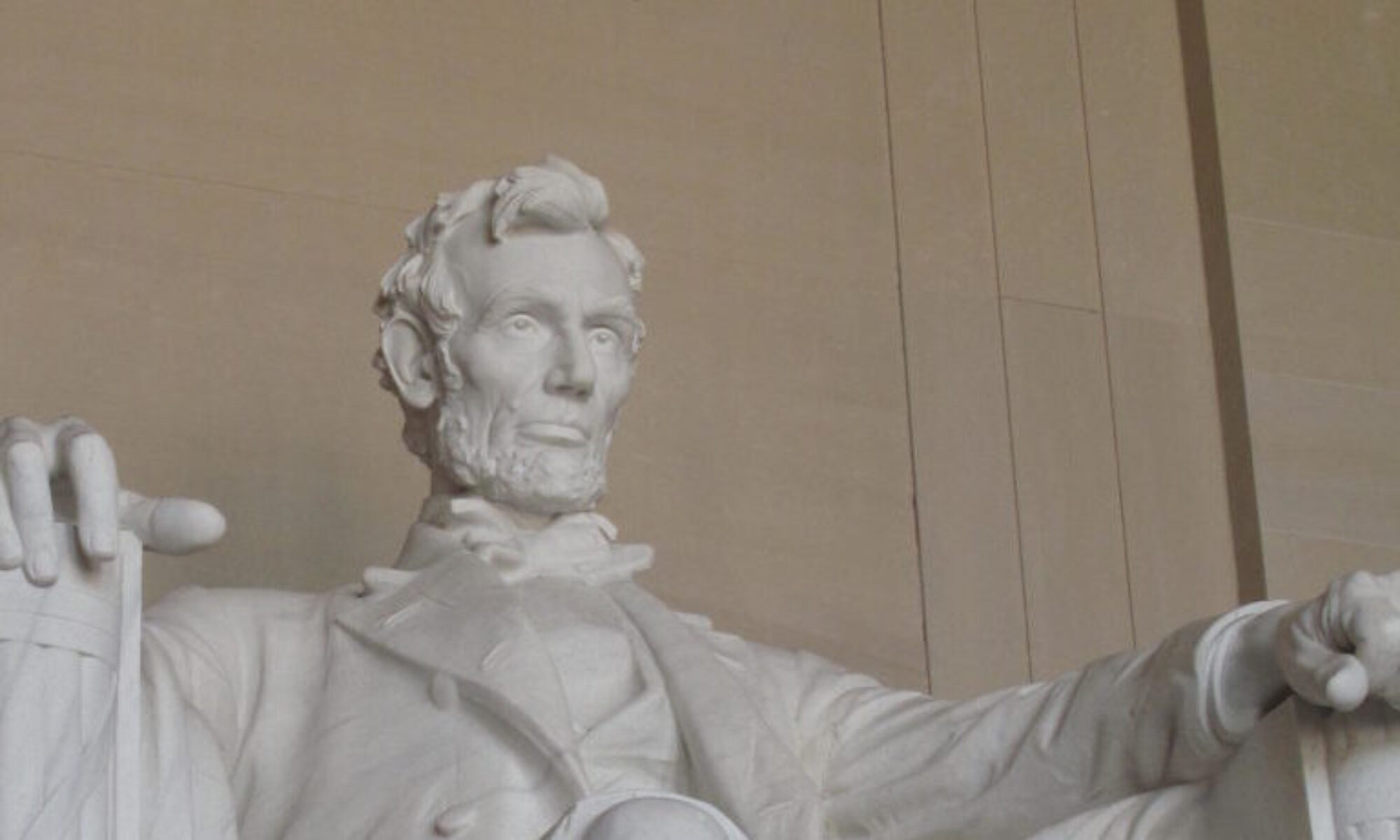
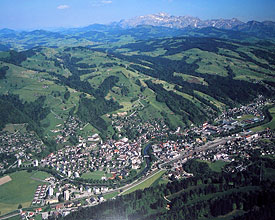
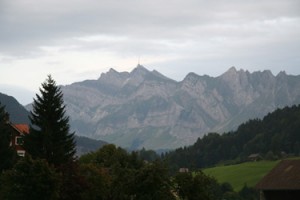
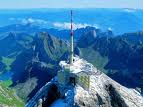


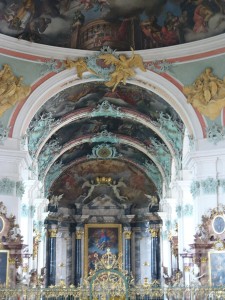
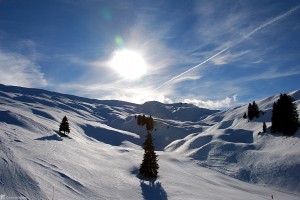
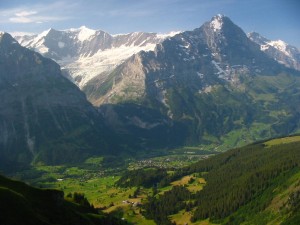
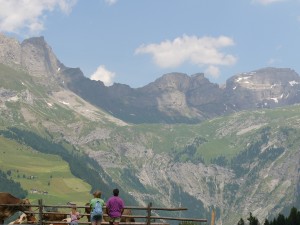
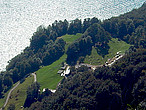

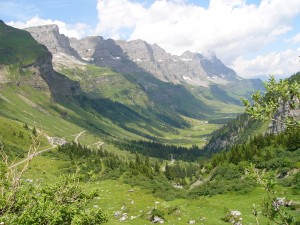
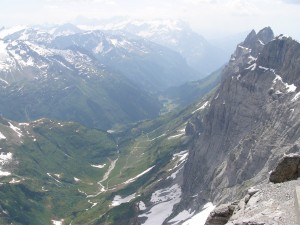
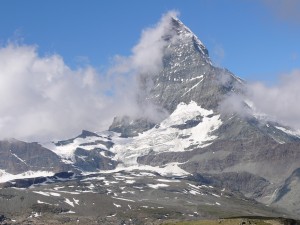 …and a little video of martial pride…
…and a little video of martial pride…